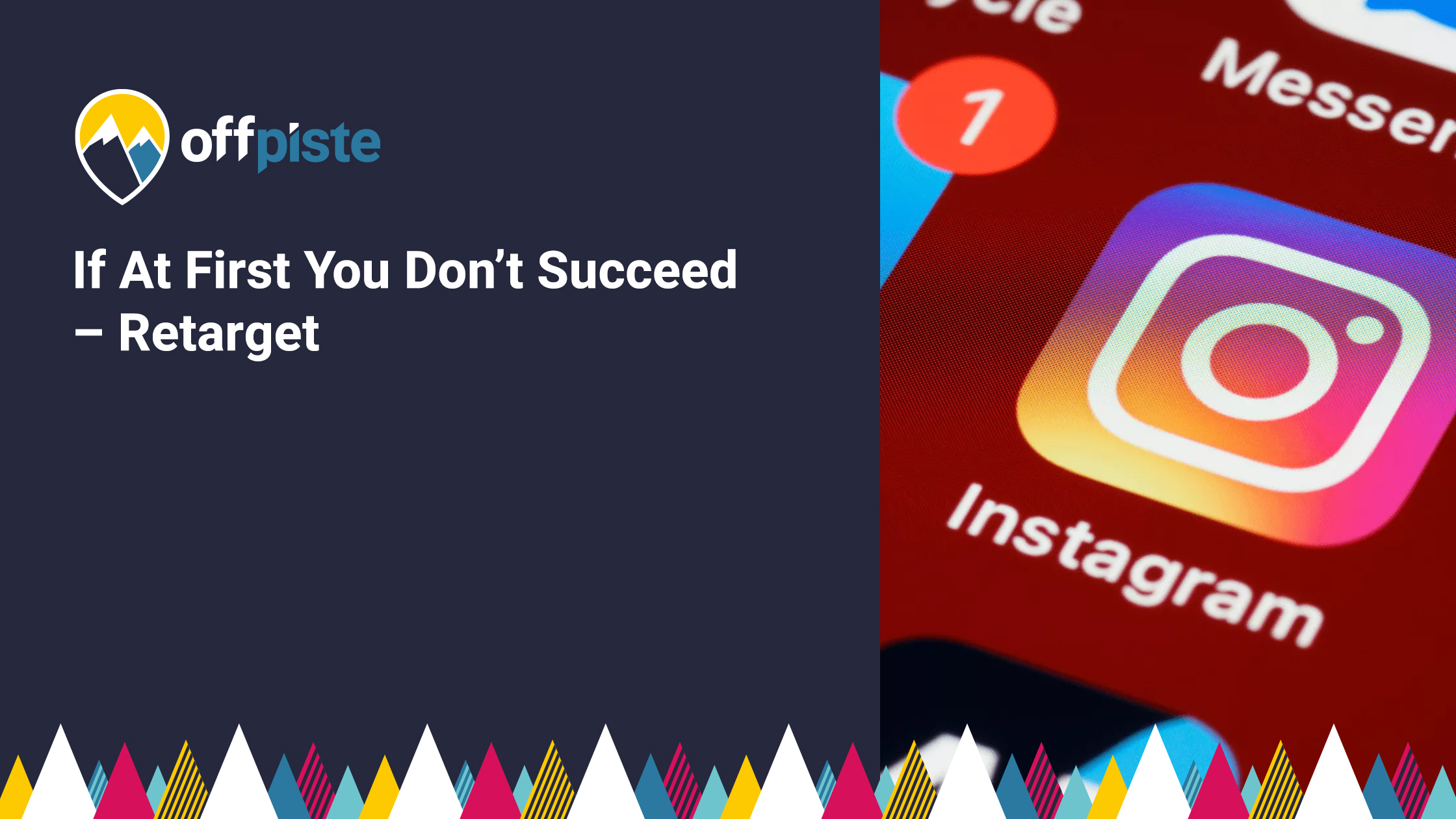Here’s the thing: have you ever visited a website to look at a product and then, mysteriously, found ads for that product keep popping up on your social media feeds? While you may be forgiven for thinking it’s some sort of paranormal sign that you need to go and buy that product, the reality is that those ads are a very clever and highly effective marketing technique. Or to be precise – a retargeting technique. If that all sounds a bit new to you, here we’ll give you the low down.
The need for retargeting is all based on the maths of customer acquisition. On average, only 2% of customers make a purchase on their first visit to a website. If you have to pay for 100 pay per click (PPC) ads to make those two sales, the cost of advertising is going to put a serious dent in profit margins.
What Is Retargeting?
If only 2 out of 100 buy, you are left with 98 who don’t. That’s 98 potential customers that you have already invested in. What’s more, it is 98 people who have shown interest enough in your products to click on a link and visit your website. That, in essence, is a partial investment on their part. If you forget about them at this stage, that’s a lot of your advertising budget down the pan.
The aim of retargeting is to focus on the 98% of people who visited your site and didn’t buy. It’s a strategy that makes commercial sense because these potential customers have already shown an interest and are statistically more likely to click on the ad again and make a purchase the second or third time around.
The facts speak for themselves. While the click-through rate (CTR) for normal PCC ads is 0.07%, the CTR for retargeted ads is ten times higher, 0.7%. Additionally, retargeting ads can increase conversion rates by up to 70% and even higher when they target those who have abandoned a shopping cart.
How Does Retargeting Work?
Actually, it’s very clever. The process uses cookies left on users’ browsers which allow you to anonymously keep track of those who don’t bite. These cookies are then used by social media sites to serve relevant retargeting ads to those customers. These act as a reminder about the product and encourages them to go back to your website to take a second look.
From a financial perspective, this enables brands to spend their marketing budgets more effectively, focusing on warm prospects rather than cold targets – hence the improved conversion rates. Improved conversion rates, of course, means your marketing budget is not going to swallow up as much of your profit margins and so your bottom line benefits.
As for those mysterious ads which keep appearing after people have visited a website, in the age of personalisation and product recommendation engines, consumers generally like them. According to recent research, 30% of social media users have either a positive or very positive opinion of them. Indeed, a quarter of those surveyed admitted to appreciating brands that used retargeted ads to remind them of products they had previously considered. Many, indeed, were thankful because they had wanted to buy the product but had lost track of where they had seen it.
What’s more, retargeting works better when the ads displayed contain messaging that is relevant to their recent actions on your website and even more so when the link sends them to a remarketing focussed landing page on your site – a sort of ‘Welcome back for a second look’ page that should try to overcome any barriers that prevented the sale in the first place.
Retargeting ads have other uses too. If a customer has purchased once, they are more likely to do so again. Retargeting those who have already made a purchase can improve brand loyalty, increase the lifetime value (LTV) of your customers and drive cost-efficiencies in marketing campaigns. They are also great for maintaining brand awareness for customers that will use your company sporadically and need to have occasional reminders that you are still out there.
What We Think Of Retargeting
Overall, we think retargeting is a highly valuable marketing strategy that can have a significant impact on a company’s sales. If you are considering a remarketing campaign and need help setting it up, devising or strategy or need an experienced team to take the whole thing off your hands, take a look at our social media marketing page or get in touch. We’re happy to chat about how we can help.





